If you’re running a Shopify store, you’re likely to want to track your Google Ads conversions to measure their effectiveness. This guide helps you set up Google ads conversion tracking on Shopify store. We’ll also provide some tips on how to improve your conversion rate. Let’s get started!
What is Google Ads Conversion tracking?
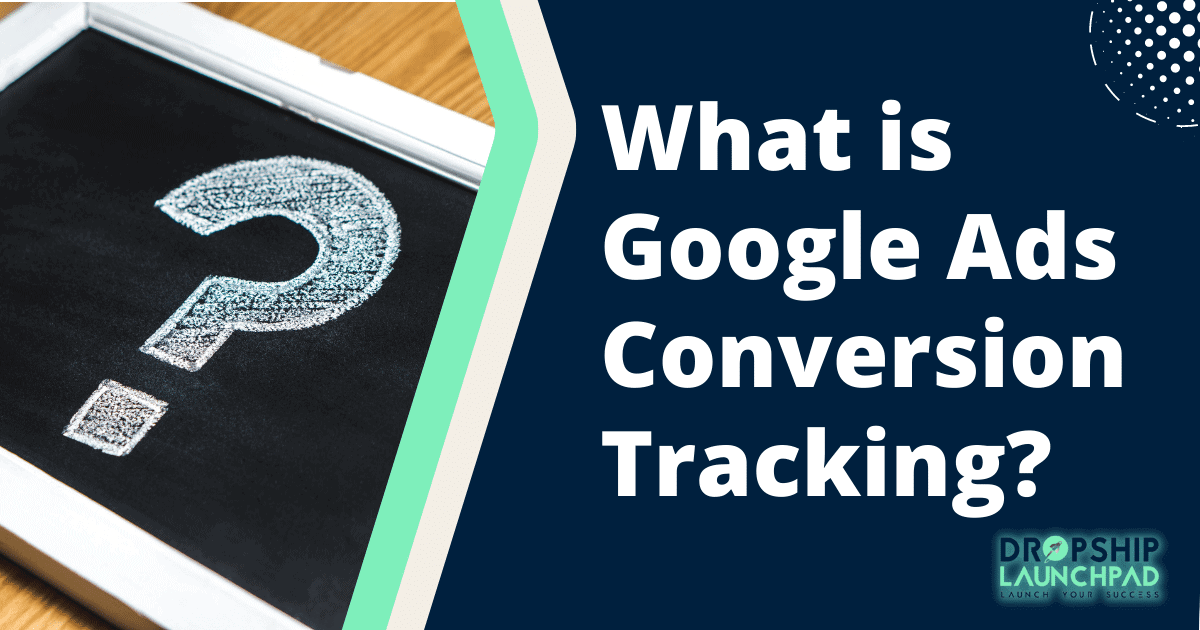
Google Ads Conversion tracking tag allows you to track the number of people who took a particular action on your website, like buying or registering for an account.
Google Ads (previously known as Google AdWords) is the world’s largest advertising platform. It offers several ad formats that let you take specific actions on your website, such as clicking on an image or link or filling out a form.
For example, you can create an ad that offers a free consultation with your business and link it to a form where interested users enter their phone numbers. After clicking on the ad linked to that form, Google Ads reports this as a conversion if someone fills out the form.
Do I need Google Ads Conversion tracking in my Shopify store?
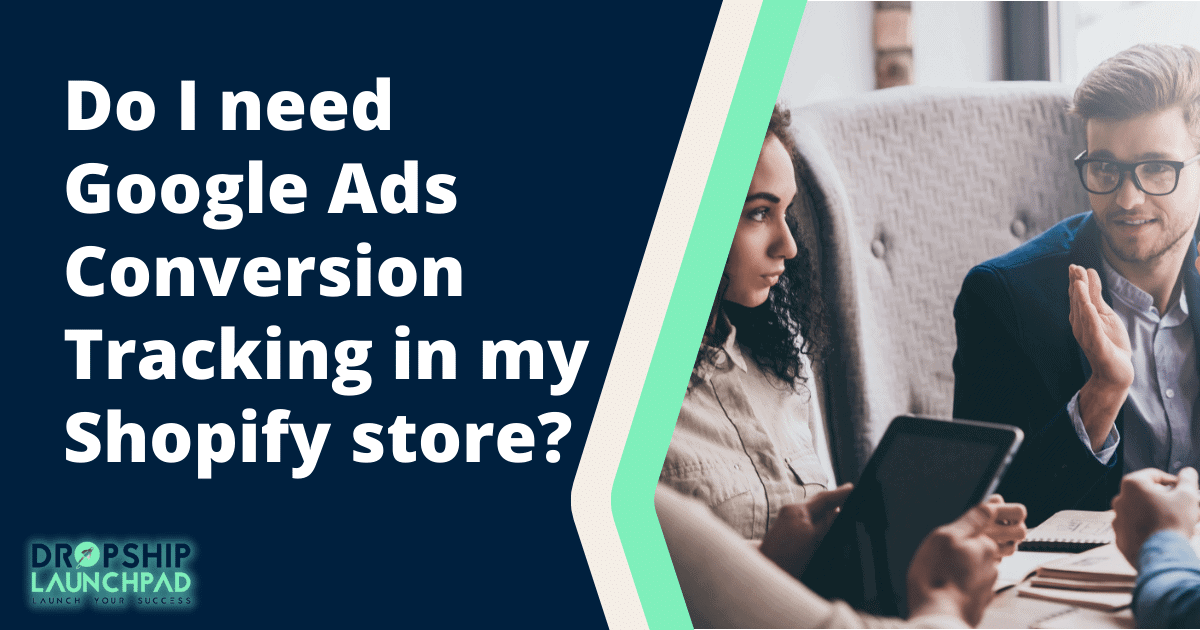
If you’re running Google Ads on your Shopify store, it’s essential to set up a conversion tracking tag to measure the effectiveness of those ads. Without a way to measure conversions and prevent duplicate conversions, you won’t be able to know which ad campaigns are bringing in new traffic and sales for your store.
In addition to tracking ad campaigns, Google Ads Conversion tracking can also be used to track the success of other things on your website. For example, you can use it to track how many people sign up for a newsletter or download a free resource from your blog using an opt-in email form.
What are the benefits of conversion tracking for Shopify store owners?
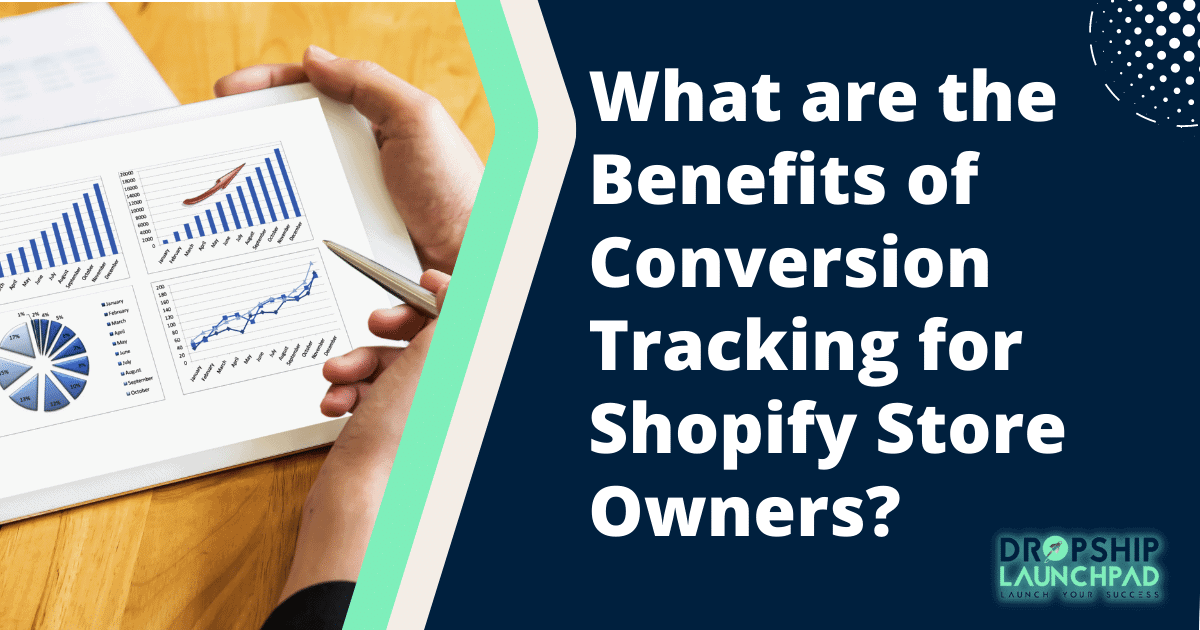
It’s obvious now that using google ads advertisements generates more revenue and all conversions through click ads.
If you’re a Shopify store owner, you know that conversion tracking is essential for your online marketing strategy. Google Ads Conversion tracking benefits include:
Benefit #1: Optimize for best marketing strategies for your business

You can track conversions to see which marketing strategies work best for your business and then adjust your marketing strategy accordingly. If most of your conversions come from Facebook ads, you may want to focus more on writing compelling copy for that platform.
Alternatively, if your website is optimized for conversion, but you’re not seeing any conversions coming from Google Ads, then it might be time to make some changes to your ads.
Benefit #2: It can help you optimize your website
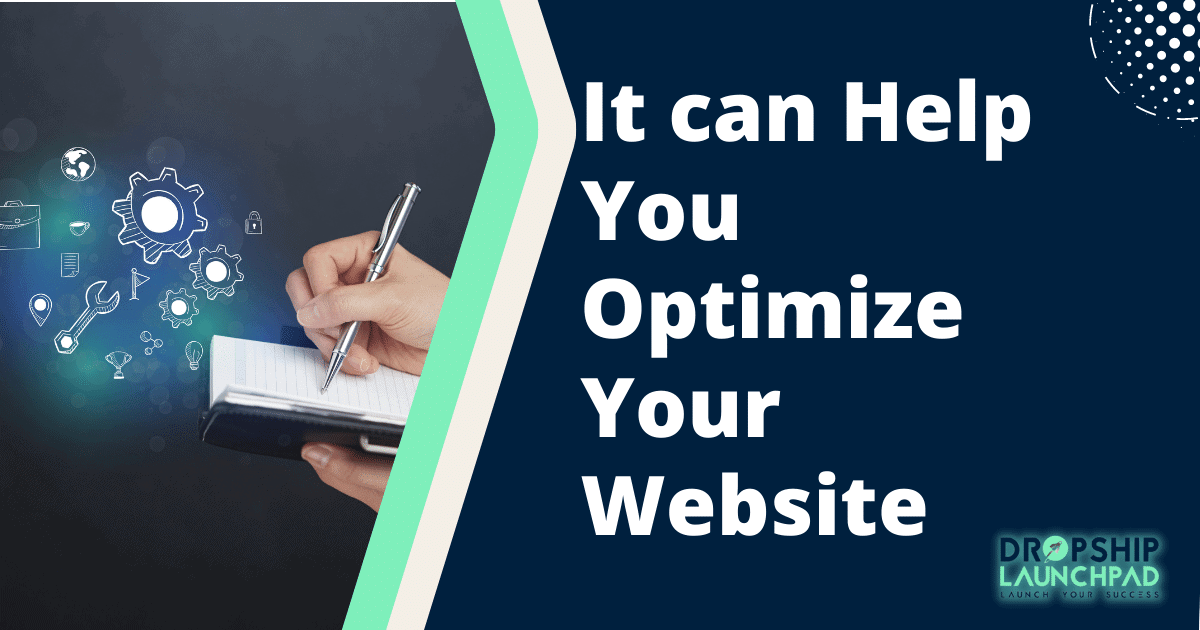
Analytics lets you know which points of conversion on your site are most effective if you have several. For example, if a few of the critical areas on your homepage receive a large portion of your conversions, you can focus on optimizing those areas even further.
The goal is to help potential customers convert into sales by making your website as customer-friendly as possible.
Benefit #3: It can help you find problems within your online store.
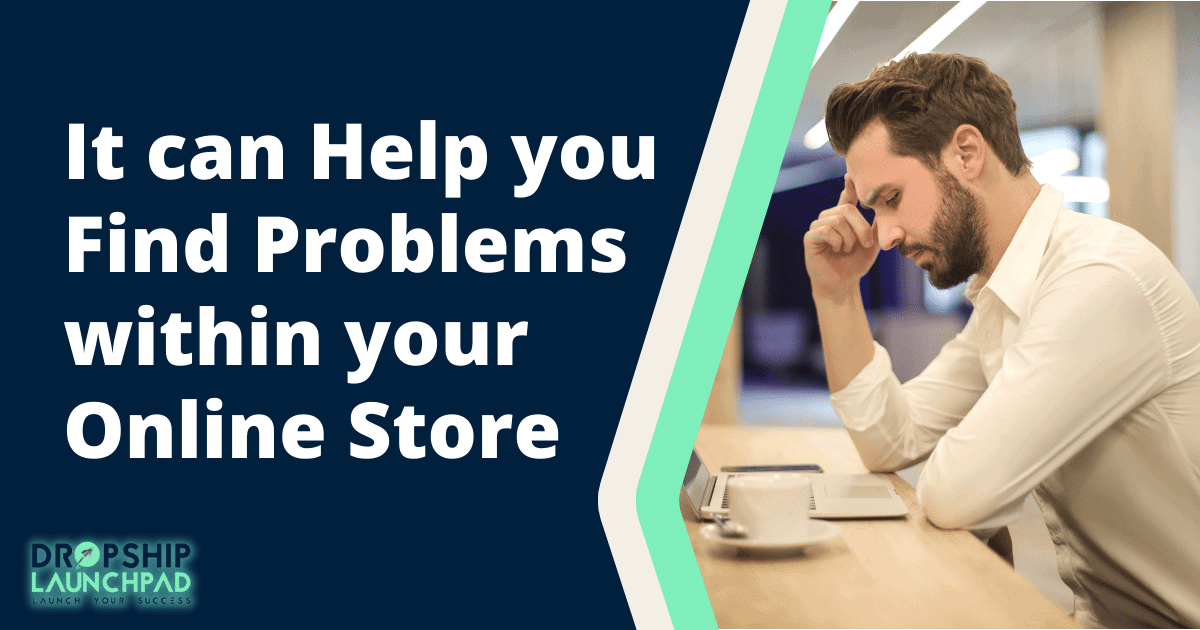
If something on your Shopify store isn’t working the way it should, then the chances are that it’s affecting your conversion rate and profitability. Analytics can be an excellent resource for identifying issues like this. Also, it will allow you to see how much money is being generated by each page of your store so that you can make optimizations without spending too much time or effort.
Benefit #4: Track product views with no sales.

You’ll be able to track how many people viewed a product but didn’t buy it and use this information in the future to improve your marketing strategy. For instance, you can try a few different types of ads on Facebook to see which one brings the most product views with no sales for your store.
You can use Analytics to determine if a specific product is receiving a lot of traffic but not enough conversions. In that case, consider lowering the price or giving free shipping for that particular item.
Benefit #5: Measure the performance of each campaign
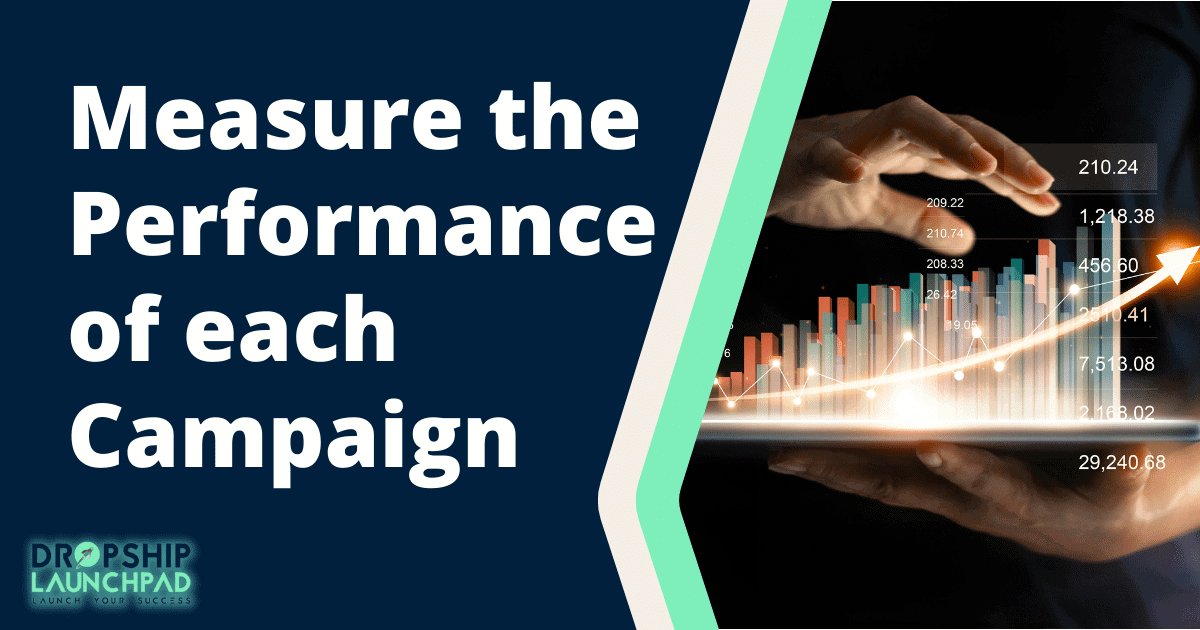
Conversion tracking in Analytics will allow you to see the revenue generated by each campaign, so you can make sure that your marketing budget is bringing in more money for your store.
It’s important to note that conversion tracking won’t always provide exact details about how much money a particular Facebook or Google ad brought in-that information will depend on what type of campaign you’re running. Some ad networks, like Facebook and Google’s Adwords, allow you to use conversion tracking to measure the effectiveness of your ads by attributing conversions back to specific campaigns and sources.
Google ads also help in recording duplicate conversions and it helps you to track the number of conversions and average order value.
Benefit: #6: You can check your campaigns’ return on investment (ROI).
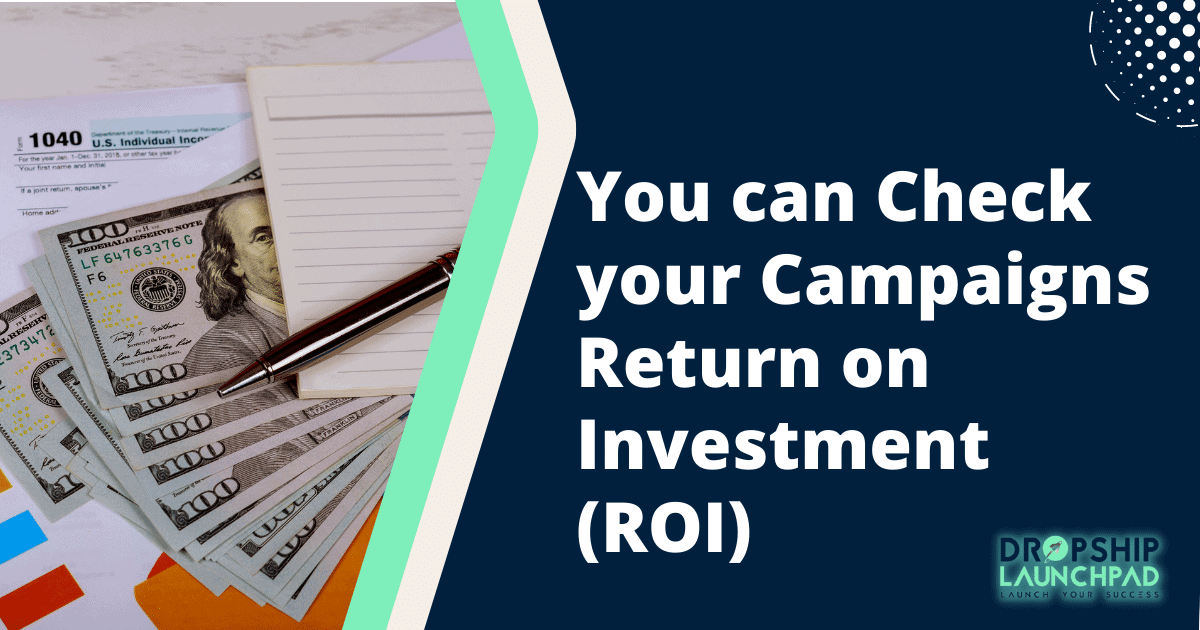
Google Ads conversion tracking allows you to see how your ads are performing from a conversion perspective. It will help make sure that every dollar spent on advertising translates into returns for business success!
You can access this information quickly and easily through Google AdWords, which will show you the conversion rates for each particular keyword or price point compared to others within similar products and services.
Benefit #7: Improve customer satisfaction with faster response times
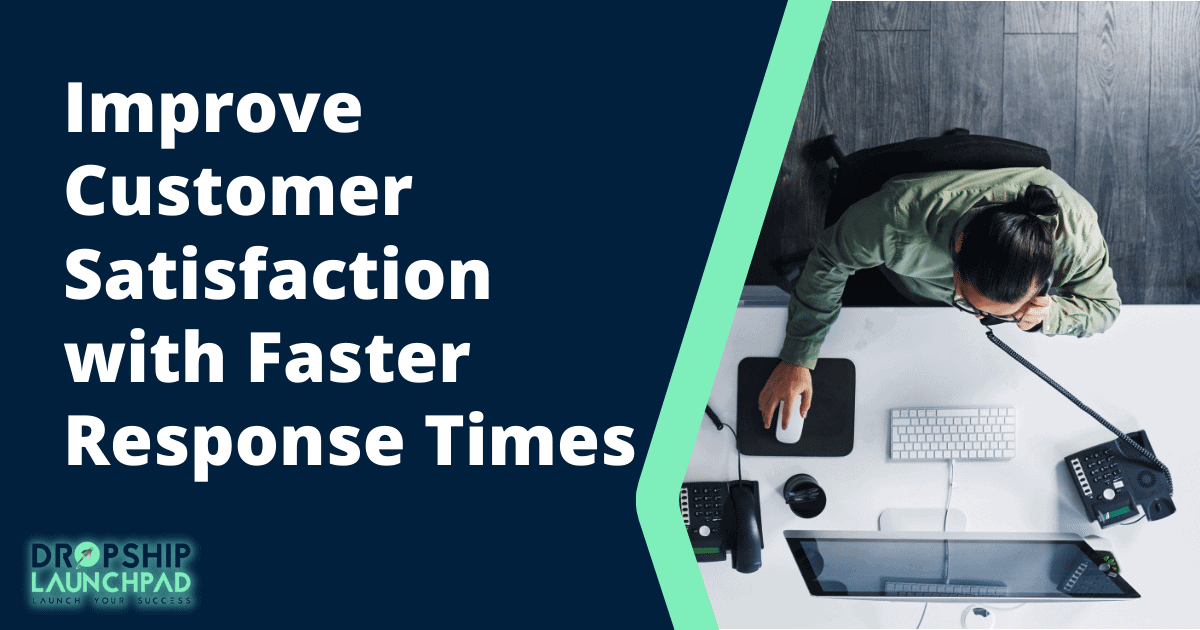
Suppose your conversions are generally taking place over the phone or in an email conversation. In that case, you can use Google Ad Conversion tracking to record these conversions in your Google Ads account. This is important because it allows you to see how many conversions are generated by phone calls or emails, which can help you improve customer satisfaction levels.
This information also allows you to measure the success of your customer service team, so if customers are calling about an order or product questions frequently, then you can make adjustments to your website to improve the customer’s on-site experience.
Benefit #8: You can find out which sources your customers like the most.
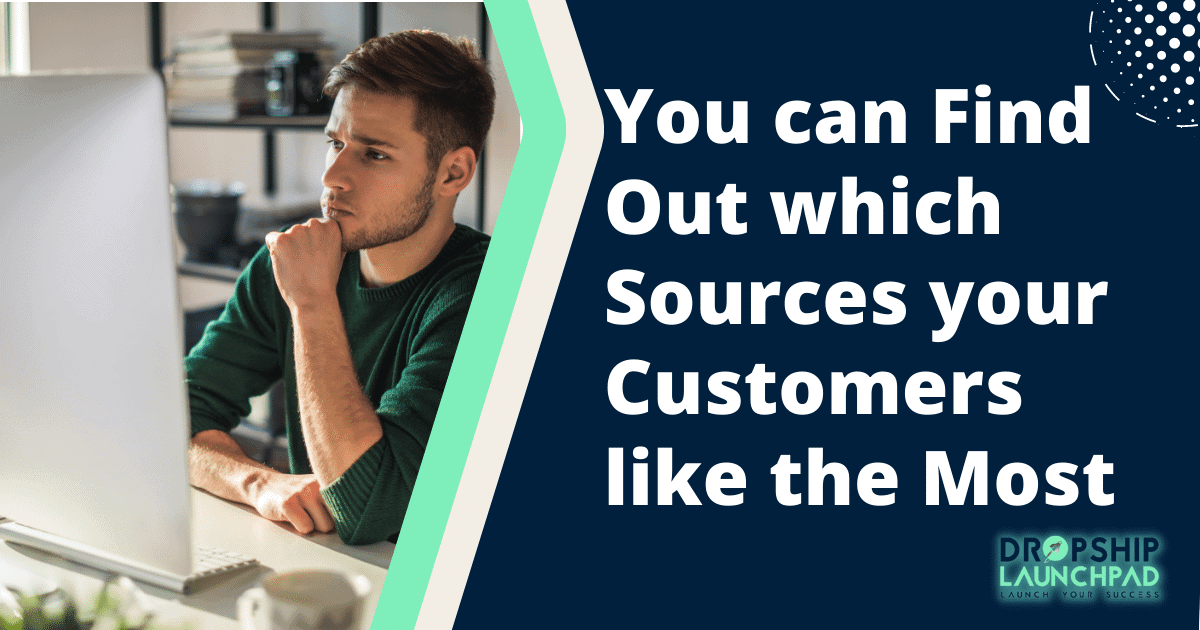
By using Analytics to break down your conversions into specific ad networks or search engines, you can learn more about where most of your customers are coming from. This will help you refine your marketing strategy to advertise on the sources that offer the best ROI.
For example, if you find out from Analytics that most of your customers are arriving at your website from Google Ads, then you can increase your ad spend on this source. You’ll need to combine sources and ads to bring in more conversions-no single source will suffice.
Benefit #9: Track how users are finding your website

Website owners know that it’s important to track who is visiting their pages, but Analytics can also help you find out which sources are bringing in the most conversions. This information will allow you to see if users are arriving at your site by typing in an exact URL or through a search engine so that you can adjust your marketing strategy accordingly.
For example, if you find out that most of your conversions are coming from people who type in your exact URL, you know that the problem might lie with how users find your site when they search for specific keywords.
Benefit #10: You can always ask Google for help.
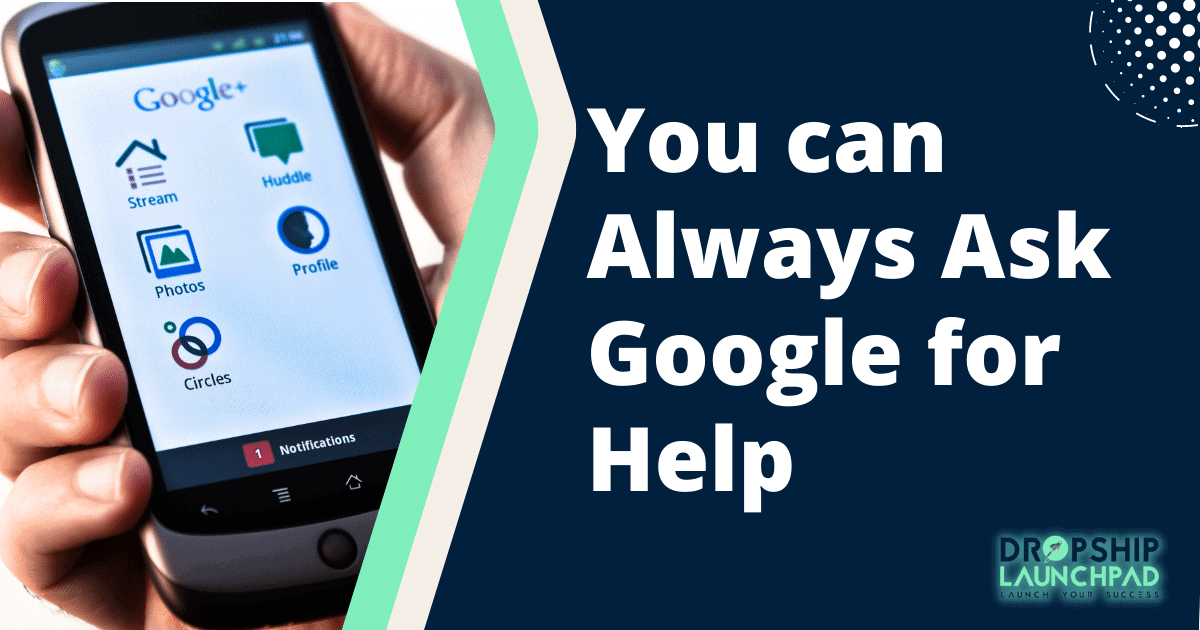
As we mentioned before, there’s no way for you to know whether or not AdWords will allow you to use conversion tracking unless you sign up and try it. However, suppose your account is eligible for conversion tracking, and you’re having trouble setting it up. In that case, Google’s support team should be willing to help-just contact them directly from the Google Ads website.
If those reasons aren’t enough to convince you that you need Google Ads Conversion tracking in your online marketing strategies, then we don’t know what will.
If one of those sources does not allow conversion tracking, Analytics can help you fill in the gaps. The most important thing is to use a reliable source to track your conversions.
How to set up conversion tracking on your Shopify store?
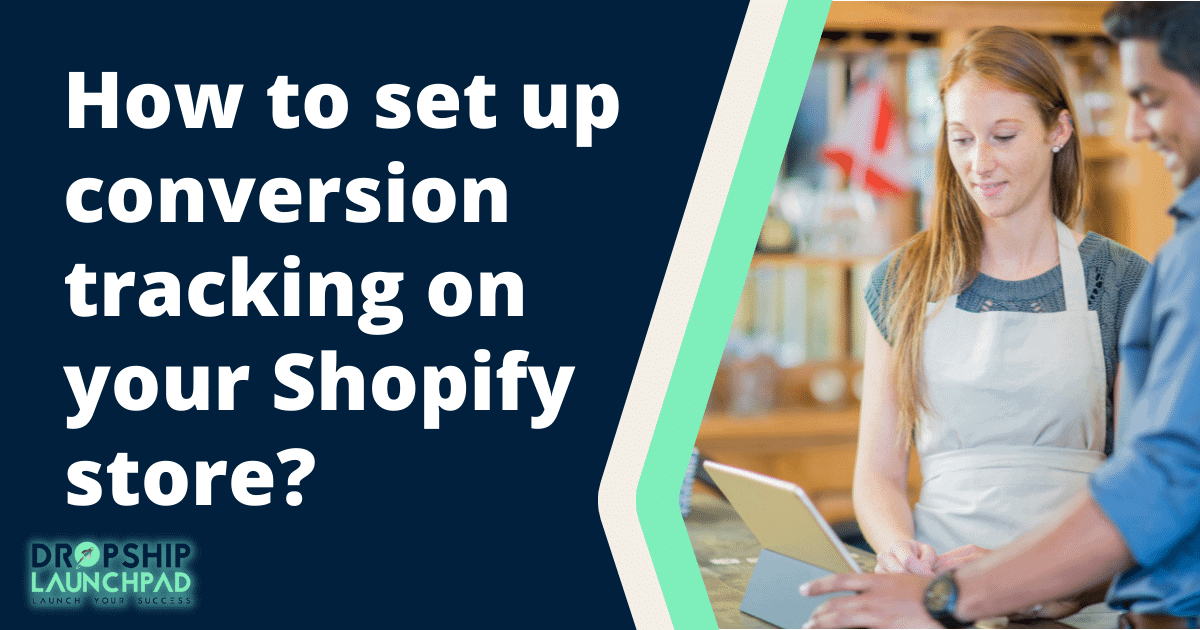
Setting it up is easy, but you first need to enable conversion tracking in your Google Ads account. Here’s how:
Step 1: Create a Google Ads conversion action

- Click the spanner icon in your Google Ads account’s top right corner. Select “Conversions” from the drop-down menu under “Measurement.”
- Click on “+ New Conversion Action” to start a conversion tracking project, then Click “Website.”
- Enter the goal and a name for your conversion tracking project.
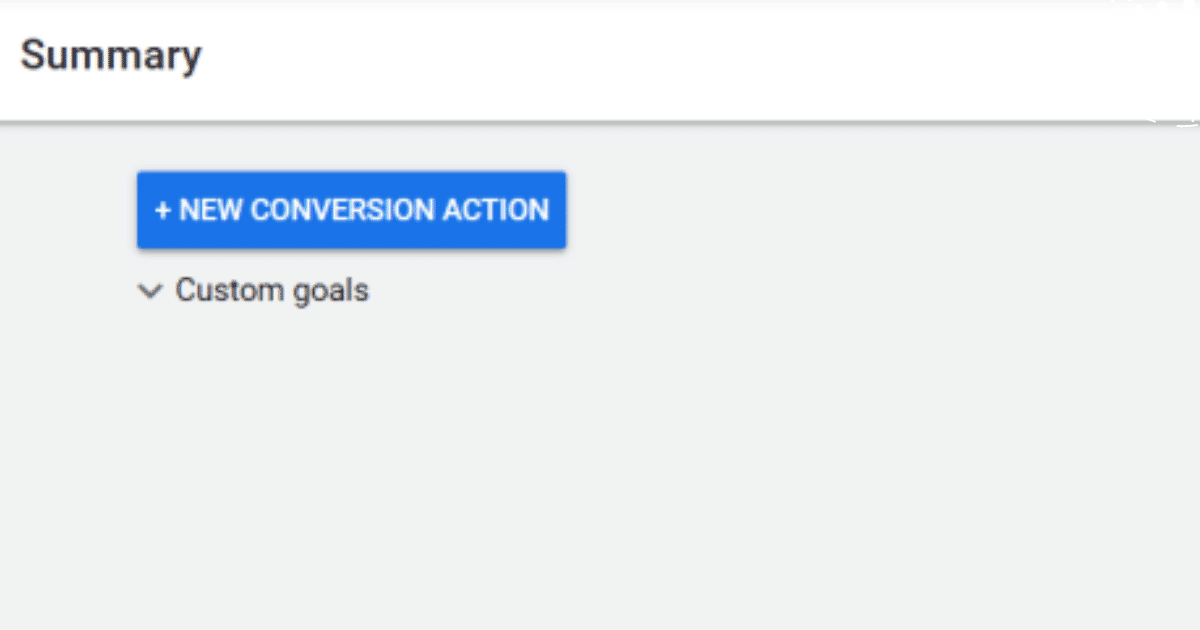
- Enter your conversion value so you can track the monetary value of each conversion type. This helps you determine how valuable each one is to your business and where to spend more or less on advertising to bring in more conversions based on this information.

- Select how you want to count these conversions beside “Count.”
- Every: This option is ideal for sales since every conversion is likely to add value to your business.
- Click the Change Conversion button. A window allows you to select when conversions are tracked after an ad interaction. The conversion window can range from 1 to 90 days.

- Select the View-through conversion window from the menu. Select how long you want to keep track of view-through conversions from the drop-down menu. The period may be anything from 1 to 30 ys.
- After you’ve finished building your conversion action, click CREATE AND CONTINUE.
Now that you have completed setting up conversion tracking in Google Ads, you can go back to your Shopify and enable it. Here’s how:
Step 2: Update your Shopify theme’s code to include the copied global site tag.
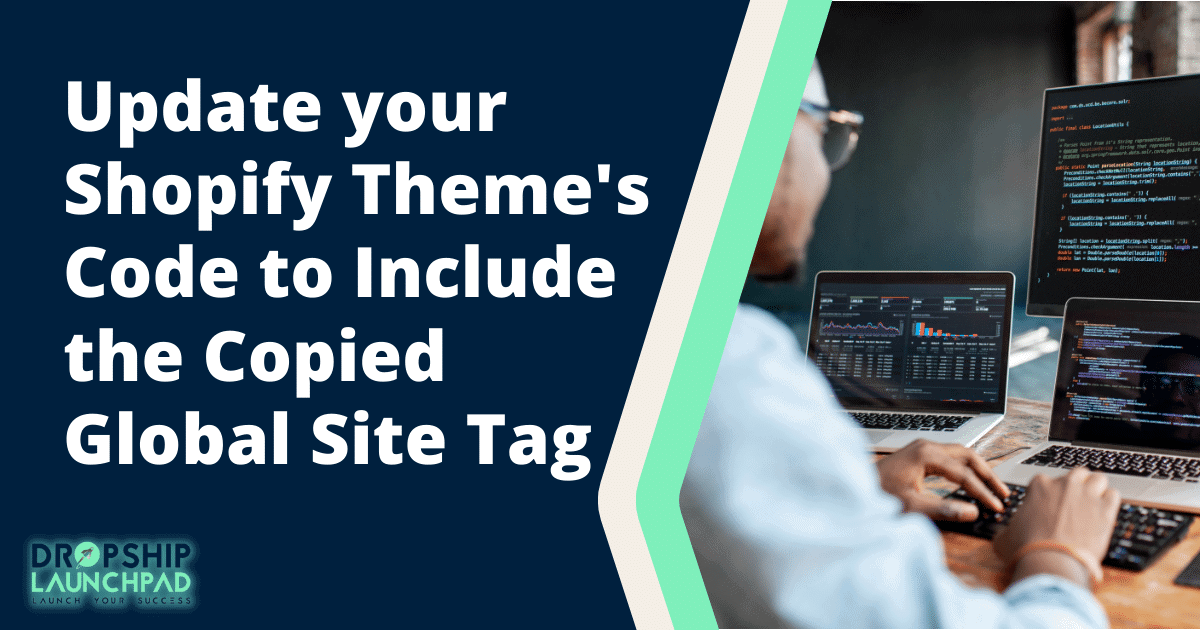
- When you reach the Set up the tagging stage in Google Ads, click Install the tag yourself.
- In the Global site tag section, choose the option that best matches your needs. generated code depends on your choice.
- Copy the global site tag.
- Open your Shopify admin in a different browser window and select Online Store.
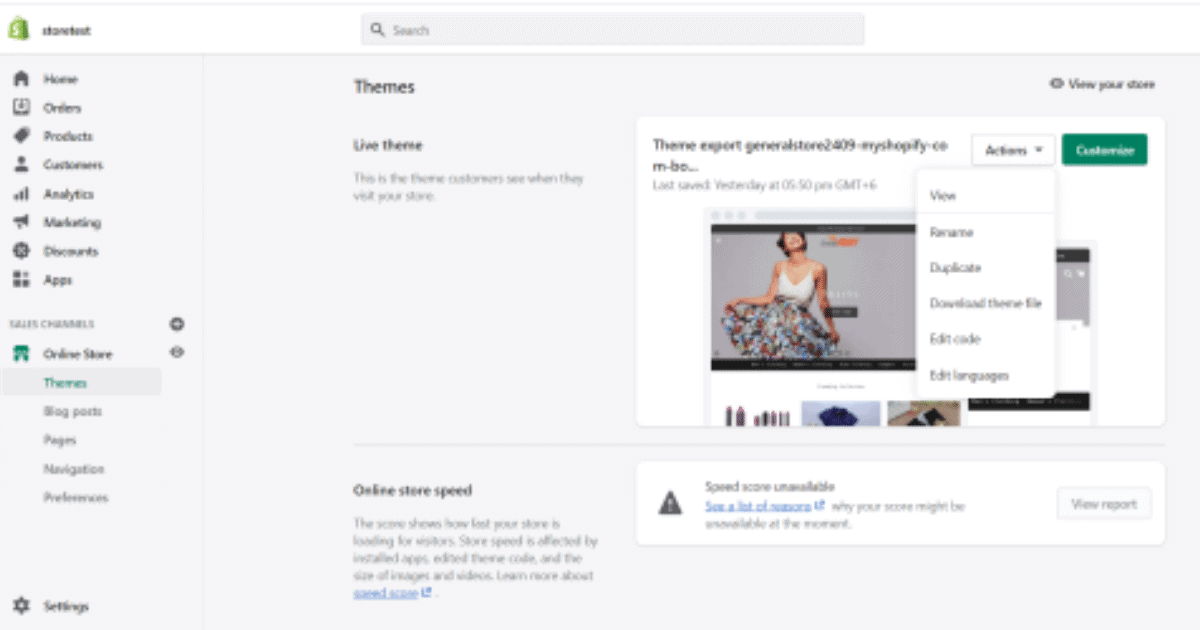
- Click Actions > Edit code.
- Open the theme.liquid file.
- If this is your 1st time using a global site tag, paste the copied tag between the <head> and </head> tags to apply it to all of your store’s pages.
- Note: If you’re changing a global site tag that you’ve already installed, look for it in your theme.liquid file and make the necessary changes according to Google Ads.
- Click Save.
- You can use the same way to remove duplicate conversion events from your Google Ads Conversion Tracking.
- You can also use the additional scripts text box to write anything you want. If you leave it, then the Google Analytics script will be inserted there automatically.
Your business is now linked to Google’s conversion tracking.
What should you do if your Google Ads account does not show any conversions?

If you do not see any conversions in your Google Ads account, it’s most likely because you need to add the tracking code from your Shopify store to your Google Ads account. Here’s how:
Make sure that the page view tag contains the correct parameters. Find the HTML code of each page view tag on your website and look for the UTM parameters. If you’re unsure how to get the correct parameters, follow Google Ads Conversion Tracking by Shopify.
Ensure that you’ve added the same information to both tracking systems (i.e., Shopify and Google Ads).
If you have imported conversions from Shopify, check your View-through conversions in Google Ads.
Bonus 10 tips to improve your store conversion rate

Here are a few tips to make sure that your conversion rate is as high as possible:
- Knowing your visitors and their needs can help you better serve them. This will help you determine which add-to-carts should be displayed on your site.
- Personalize your visitors’ experiences on your site based on your data about them. This will improve their shopping experience and help you understand what they are looking for when visiting your store.
- Offer them incentives to encourage them to spend more time on your site or add items to their carts. Sometimes, visitors need a gentle push to get them started. Offering discounts and promotions is one of the best ways to increase conversions.
- Ensure that your product pages are enticing enough to keep them on the site. If you have a fantastic product, it should speak for itself, but there are times when it’s not enough. Adding a great description or more images of your products can always spice things up.
- Update your website as often as possible, so visitors know that you’re committed to providing them with the best shopping experience possible.
- Make sure that your online store is easy to navigate, so visitors can easily find what they are looking for. Having a search bar at the top of your site will make it easier for people to get around.
- Make your site easy to share. Share buttons are a great way to spread the word about your store among potential customers.
- Make sure your site is compatible across all platforms. If it takes forever to load on specific devices, then you’ll be losing visitors that are impatient to wait.
- Don’t forget to test your website yourself. Web development tools like Google’s PageSpeed Insights can help you evaluate your website’s performance. These tools give you a better idea of what browser or device can handle your store’s pages. You may also test conversion page views. In this case, you will need to follow a slightly different process.
- Use Google Ads Conversion Tracking by Shopify to your advantage. By using this tool, you will understand how effective your ads are on both Google and on your site, which can help you improve your ads and boost your sales.
Bonus 7 Tips for optimizing your conversion tracking setup for better results

Tip #1: Use the proper tracking code for your site
When your AdWords account is linked to the correct Google Analytics tracking code, you’ll be able to use all the necessary conversion tracking features seamlessly. Make sure you are using either “Gtag” or “ga.js.” Using the wrong code means that reports may not show accurate data; for example, if your site uses Universal Analytics, it won’t be possible to track offline conversions.
Tip #2: Make sure you’re measuring conversions correctly
Don’t measure page views, but rather how many people buy a product or fill out a form.
Make sure you have a clear idea of what a conversion is for your site. You may need to change the way you measure conversions based on the nature of your business and type of site, but it shouldn’t be so complicated that you can’t report on results in a few days.
Tip #3: Use the correct type of conversion action
Use the “Purchase/Sale” or “Lead” actions to track your goals, rather than just counting page views. For example, if someone makes multiple purchases within a month, you should only count one goal completion per user rather than one for each purchase.
Tip #4: Track multiple sources of traffic to see which channels are most effective If you are using multiple channels to drive traffic to your site, be sure to track them all. This allows you to see the most effective channels at driving conversions and if one channel is bringing in more valuable traffic than another.
Tip #5: Optimize your conversion funnel by testing different layouts and copy variations
You can’t improve your conversion funnels until you know exactly where people are dropping off. Make sure to test different layouts of your checkout pages, copy variations, and landing pages to see what works best for your audience.
Tip #6: Create a goal in Google Analytics that corresponds with what you want to track
Don’t use “page views” as a conversion goal in Google Analytics. Instead, set up conversion goals that target the specific activity you want to measure and track (e.g., “form completions,” “checkouts,” or even something like “video plays”).
Tip #7: Export data from Google Analytics into an Excel spreadsheet
By default, Google Analytics only shows 10 rows of data at a time. You may export your campaigns data into an Excel sheet to see more granular conversion data statistics and perform advanced analytics on the performance of different channels, content, traffic sources, etc.
Frequently Asked Questions (FAQs):
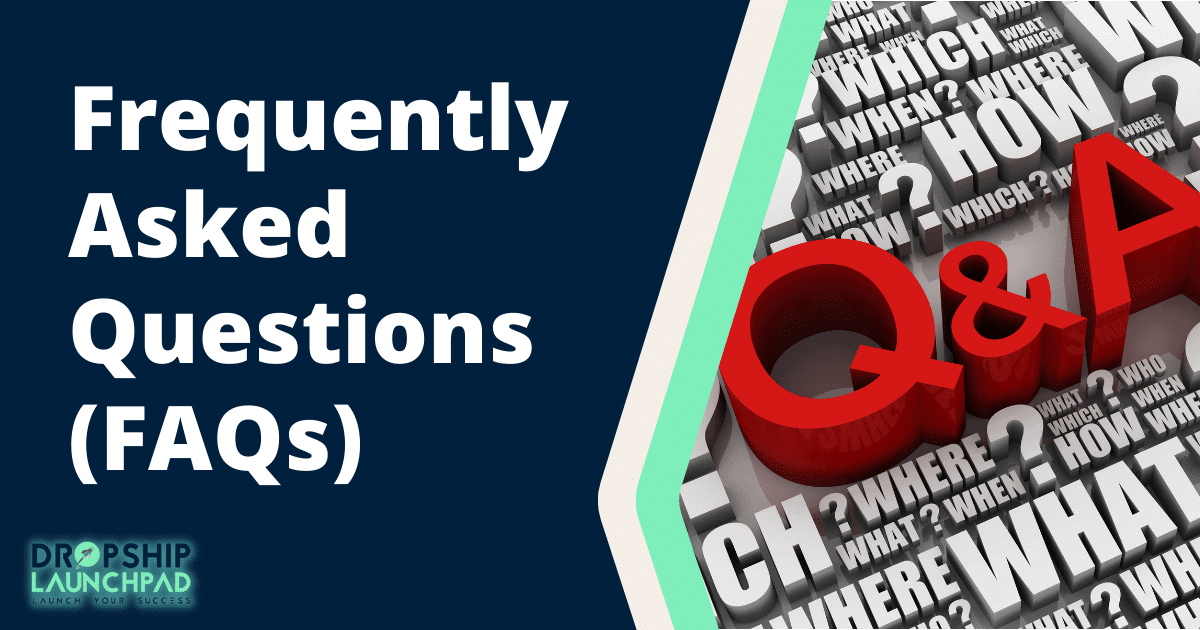
#Q1: What is conversion tracking, and why do I need it for my Shopify store?
A: Google Ads conversion tracking allows you to measure your return on investment (ROI) by showing how much you’ve spent and earned for each ad click or impression. For example, if a client clicks on your ad and buys a product the following month, the Google Ads conversion tracking pixel can track that purchase as a conversion.
#Q2: How do I set up conversion tracking on google ads?
A: It’s easy to set up Google Ads conversion code. You just need a Google Analytics account with adequately configured website conversion tracking, a Google Ads account, and your new Google Ad URL. Then, follow the steps mentioned here in this article.
#Q3: What happens if I don’t set up conversion tracking on google ads
If you don’t set up conversion tracking, you won’t know which keywords, ads, or campaigns bring in qualified leads. This is a missed opportunity as you can’t optimize your campaigns for maximum ROI. You also wouldn’t track where sales and leads come from, which means it’s hard to make intelligent decisions about where to invest your marketing budget.
#Q4: What is the difference between “conversion tracking” and “Google Analytics goals”?
A: A conversion tracking is a code snippet that you place on your website to help Google Ads count conversions, i.e., sales or leads, for your ads.
A goal in Google Analytics measures how many people complete an activity on your site, i.e., form completion, video play, or lead generation
#Q5: What type of conversion tracking is right for my Shopify store?
A: Use the “purchase/sale” action to track eCommerce transactions and the “lead” action to track goal completions in Google Analytics. Conversions that happen within a few hours or days of the ad click are likely to be more valuable.
#Q6: How can I set up conversion tracking for Shopify stores without using google ads?
A: You can’t track conversions that don’t contain an order number or transaction ID in them, but this could be through any channels other than Google Ads, e.g., offline transactions, phone calls, e-commerce transactions, etc.
#Q7: How often should I track conversions?
A: Ideally, you should track conversions as soon as a customer is considered a qualified lead or a sale. However, you should also track your top traffic sources and conversions to evaluate which channels are driving the most valuable traffic.
#Q8: I’m not ready to set up conversion tracking. What should I do?
A: It’s a good idea to track your ROI and spend before you start spending more money on ads. That way, you can compare and evaluate the performance of different channels and campaigns.
Conclusion:
The Google Ads Conversion Tracking on Shopify is a feature that allows you to track the conversion of your ads. If you’ve been tracking conversions in Google Analytics, then this process may seem familiar because it works almost identically!
With this integration with Shopify, all you need to do is create a new campaign and choose “Google” as your advertising network. Then select “Conversion” from the advanced options section and fill out some information about what kind of conversion event you want to track. This will allow for more accurate ad performance reporting, which ultimately can help increase ROI or profit margins!
This is a great way to track conversions for free, especially if you don’t want to commit to Google Analytics or already track other channels in it. Once your conversion tracking code has been set up, you will receive reporting on how well your campaigns are converting!
Comment below to share your thoughts!
>> Free! Free! Signup for Shopify free trial here!
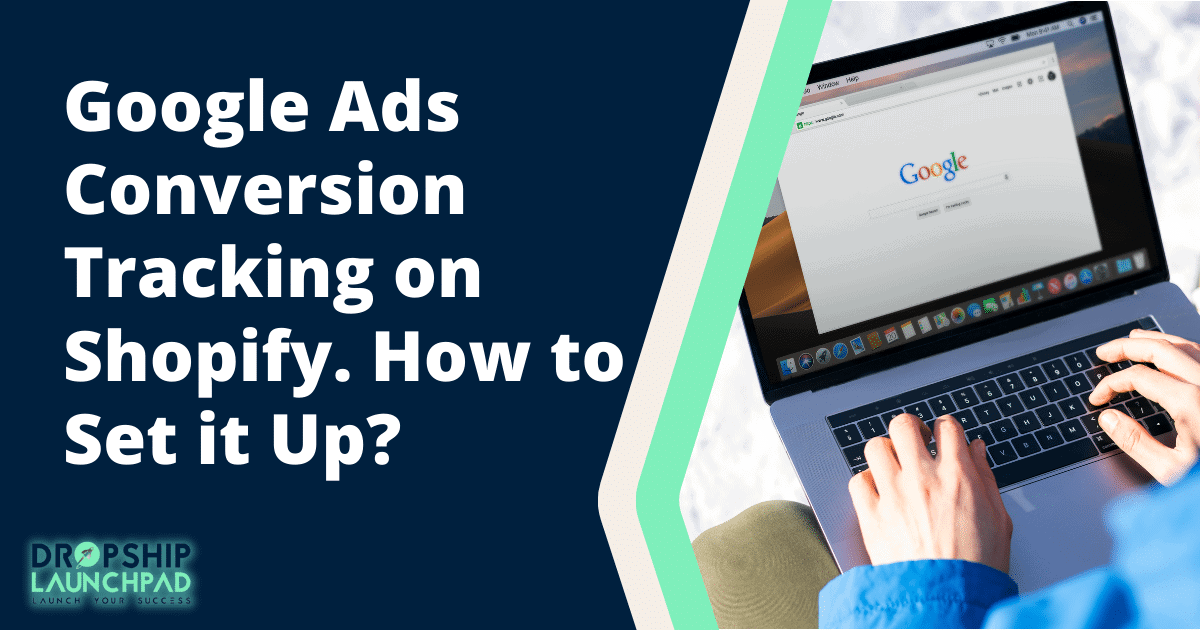
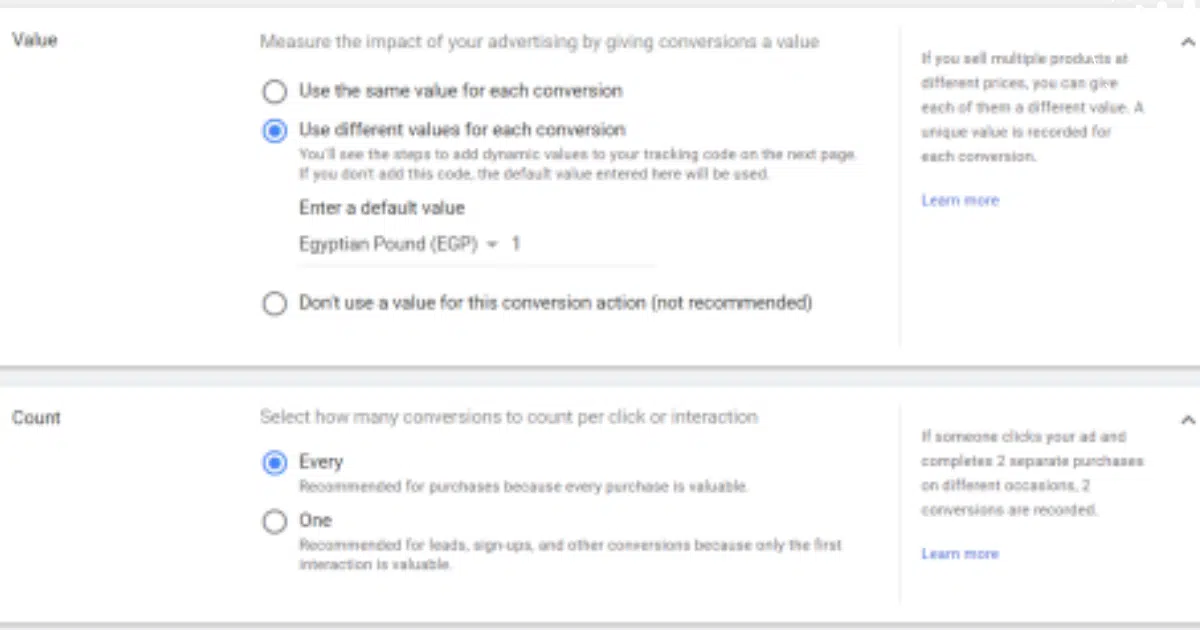
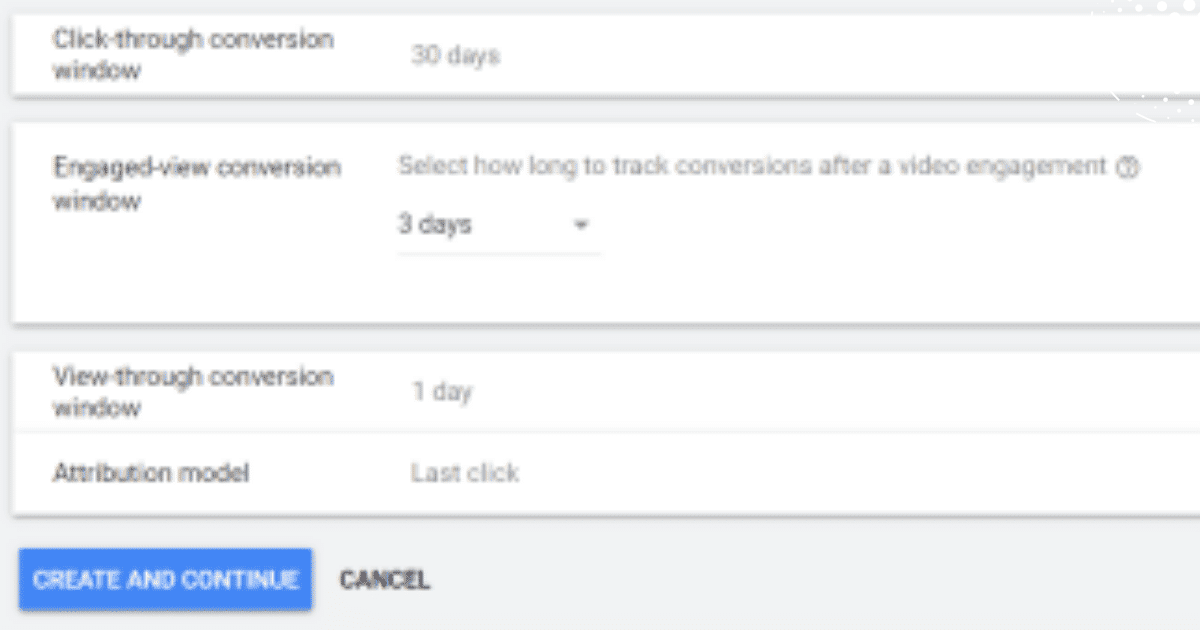
 Shopify Dropshipping Business Guide: The Ultimate Solution 2023
Shopify Dropshipping Business Guide: The Ultimate Solution 2023  How to be Successful on Shopify: 14 Secret Tips For 2023
How to be Successful on Shopify: 14 Secret Tips For 2023  Product Description Writing for Shopify: Top 10 Tips and Tricks
Product Description Writing for Shopify: Top 10 Tips and Tricks  One Product Shopify Store: A Blueprint for Success in 2023
One Product Shopify Store: A Blueprint for Success in 2023